Home thermal insulation is the best way to reduce your energy bills. Rather than adjusting the thermostat all day long, get home insulation to reduce the transfer of heat from outside to inside.
As winter approaches, homeowners start looking for ways to keep their homes warm without breaking the bank. One of the most effective ways to do this is by investing in thermal insulation for your home.
Thermal insulation is a way to reduce heat loss in your home by creating a barrier that slows the transfer of heat from the inside to the outside. 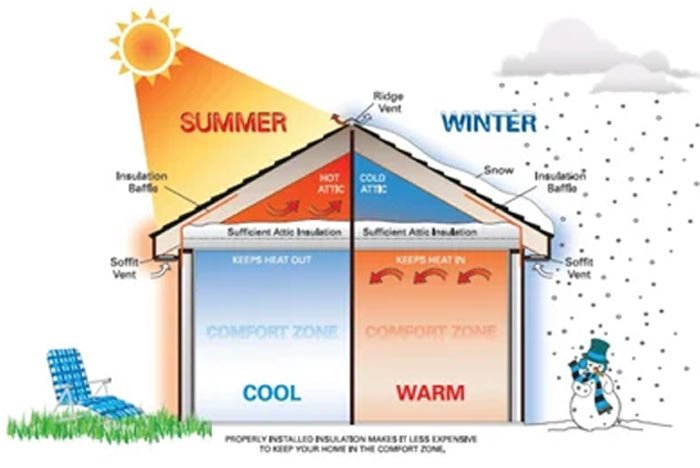
This barrier can be made up of a variety of materials, from fiberglass to cellulose to foam, and it can be installed in walls, floors, and ceilings.
There is no rocket science in making your home insulated; here you will find the types and easiest methods to heatproof your house like wall insulation, ceiling insulation, or roof insulation.
Consider reading about teak wood vs sal wood here.
In this blog post, we will dive deep into the world of thermal insulation for homes. We’ll cover the different types of insulation, the benefits of insulating your home, how to install insulation, and more.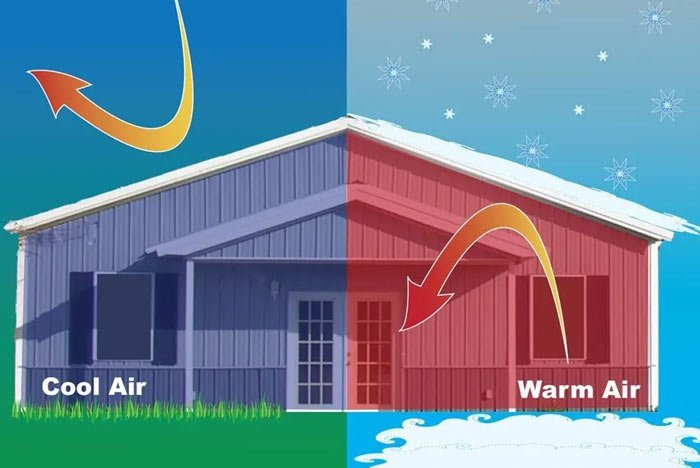
By the end of this post, you’ll have a comprehensive understanding of thermal insulation and how it can help you keep your home warm and comfortable throughout the winter months.
Read about Sheesham wood, pine wood, engineered wood, and oak wood before getting it installed in your home along with their benefits and drawback.
Types of Thermal Insulation
There are several types of thermal insulation available, each with its own pros and cons. The most common types of thermal insulation for homes include:
Fiberglass Home Insulation – Fiberglass insulation is one of the most popular types of thermal insulation. 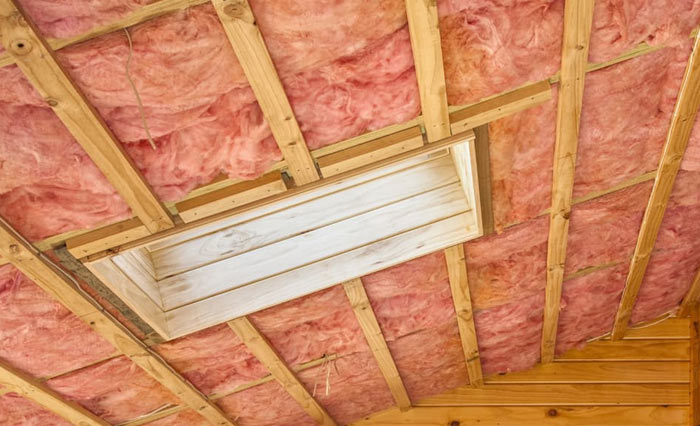 It is made up of tiny glass fibers and is typically installed in walls, floors, and ceilings. Fiberglass insulation is relatively easy to install and is also one of the most affordable types of insulation.
It is made up of tiny glass fibers and is typically installed in walls, floors, and ceilings. Fiberglass insulation is relatively easy to install and is also one of the most affordable types of insulation.
Get the vinyl flooring designs for your home as it also helps in thermal insulation as well.
Cellulose Home Insulation – Cellulose insulation is made up of recycled paper products and is typically blown into walls and attics. 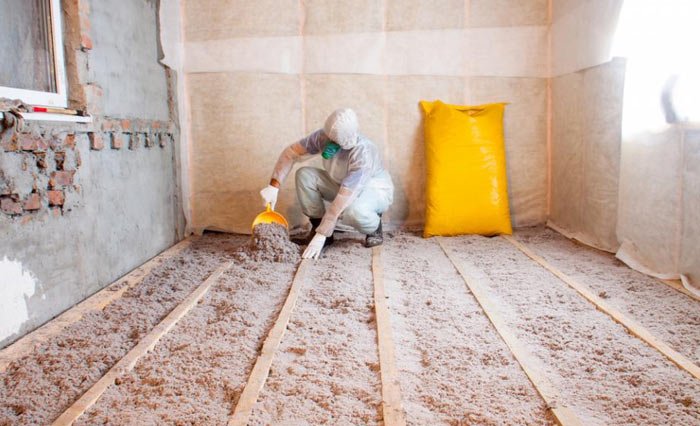 It is a more eco-friendly option than fiberglass insulation and is also very effective at reducing heat loss.
It is a more eco-friendly option than fiberglass insulation and is also very effective at reducing heat loss.
Foam Home Insulation – Foam insulation is typically made up of polyurethane or polystyrene and is sprayed into walls and attics. 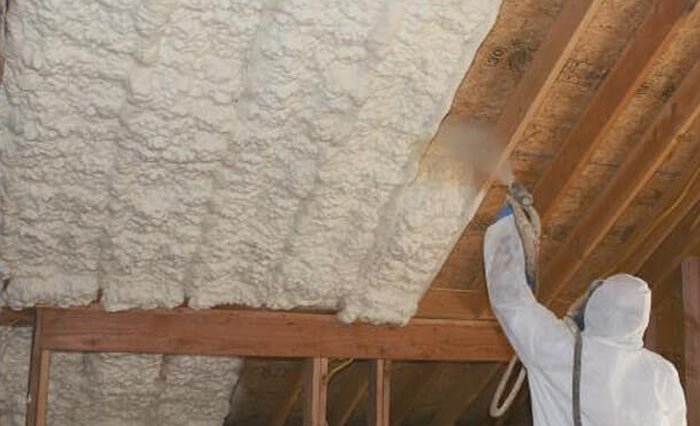 Foam insulation is very effective at reducing heat loss and also acts as a barrier to sound. To know what is the best flooring option in India consider reading DecorChamp.com
Foam insulation is very effective at reducing heat loss and also acts as a barrier to sound. To know what is the best flooring option in India consider reading DecorChamp.com
Reflective Home Insulation – Reflective insulation is made up of a layer of aluminum foil and is typically installed in walls and attics. 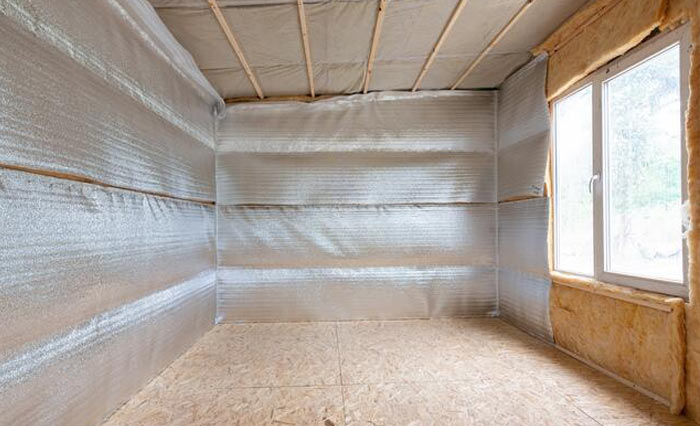 It reflects heat back into your home and is a great option for homes in warmer climates.
It reflects heat back into your home and is a great option for homes in warmer climates.
Benefits of Thermal Insulation
Now that we’ve covered the different types of thermal insulation, let’s dive into the benefits of insulating your home.
Want to know about red oxide flooring for your home?
Reduced energy bills – One of the biggest benefits of thermal insulation is that it can help you save money on your energy bills. By reducing heat loss, you won’t need to use as much energy to keep your home warm, which can translate to significant savings over time.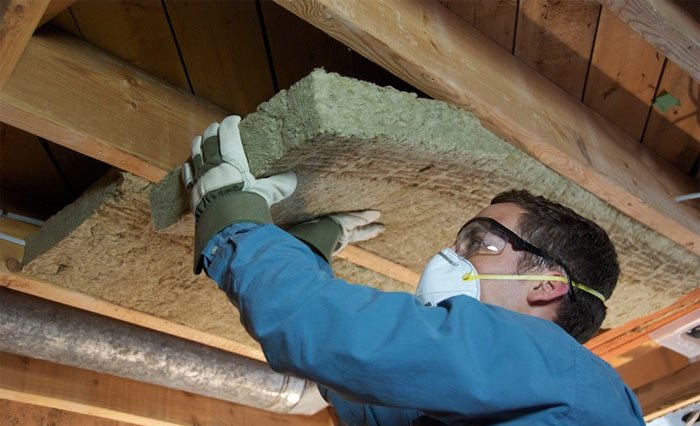
Increased comfort – Thermal insulation can also help you feel more comfortable in your home. When your home is well-insulated, you’ll experience fewer drafts and cold spots, making it easier to maintain a consistent temperature throughout your home.
Environmental benefits – Insulating your home can also have environmental benefits. By reducing the amount of energy you use to heat your home, you’ll be reducing your carbon footprint and doing your part to combat climate change.
No matter where your house is, get the perfect entryway entrance foyer design for your home.
Increased home value – Finally, insulating your home can also increase its value. Homebuyers are often willing to pay more for homes that are well-insulated, as it means they’ll be able to save money on energy bills in the long run.
Importance of Insulation
Adding insulation to your existing home can make it energy efficient. If you have access to the cheap and common insulation material list, you don’t have to worry about your huge carbon footprint. An insulated home can be beneficial in multiple ways such as:
- Your heat proof home will be weather proof and will offer utmost comfort in every season. A well-insulated home remains cool during summers and warm during winters.
- When you are able to reduce the transfer of heat, you will be able to save lots of money by adjusting the temperature inside the house.
- Thermal insulation is the best way to make your home condensation resistant.
Consider Reading:
How to Insulate your Home?
If you’re interested in installing thermal insulation in your home, there are a few steps you’ll need to follow.
Assess your current insulation – The first step is to assess your current insulation levels. You can do this by inspecting your walls, floors, and ceilings to see if there is any existing insulation. You can also hire a professional to conduct an energy audit of your home to identify areas that need insulation.
Choose the right insulation – Once you’ve assessed your current insulation levels, you’ll need to choose the right type of insulation for your home. Factors to consider when choosing insulation include the R-value (a measure of the insulation’s effectiveness), the type of insulation material, and the area of your home that needs insulation.
Prepare the area – Before installing insulation, you’ll need to prepare the area by clearing any debris or obstacles and sealing any gaps or cracks. This will help ensure that the insulation is effective in reducing heat loss.
Install the insulation – Once you’ve prepared the area, you can begin installing the insulation. The process will vary depending on the type of insulation you’re using but typically involves cutting the insulation to fit the space and securing it in place.
Seal any gaps – After the insulation is installed, it’s important to seal any gaps or cracks to prevent air from leaking through. This can be done using caulk, spray foam, or weatherstripping.
Have a look at different types of traps and their uses in your home.
For improved energy efficiency, it is advised to keep the insulation requirements in mind while constructing a new house.
Though, you can easily add a layer of insulation to your existing home by following these tips:
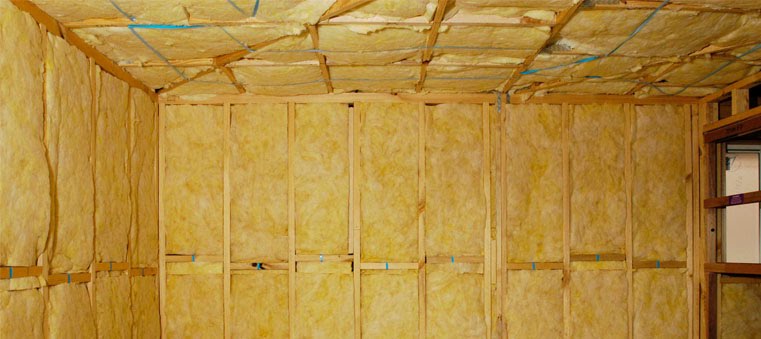
- Wall Insulation: If you feel your home is too cold during winters, you can add a layer of insulation to the exposed walls. You have varied choices for wall insulation, such as:
- Create air space with the help of ply board on walls.
- Fix a suitable thermal insulating material sheet inside and outside the walls.
- Construct an outer wall using the thermal insulating material.
- Create a cavity wall to enhance the insulation of the exposed wall.
Apart from this, you can include a reflective foil wall wrap to improve the energy efficiency of your home.
A well-installed wall wrap offers greater insulation, but you can do it only during the time of construction of your new house.
- Ceiling Insulation: To make sure that your ceiling temperatures always remain close to the room temperature, you can provide adequate space between the room ceiling and the roof deck for insulation and ventilation. Use the roof cavity for installing insulation, you can use foil faced batt insulation with higher R-values for ceiling insulation.
- Roof Insulation: During harsh weather the heat from the exposed roof transfers to the room, therefore, it is important to invest in roof insulation. You can have:
- Interior treatment: Provide air gap in the false ceiling and always make sure to install the false ceiling by using thermal insulating materials to help pass out the heat of the room.
- Exterior treatment: You can apply heat-reflecting coating on the exposed roof. Other methods include storing water on the roof, regularly sprinkling water on the roof, and placing an asbestos sheet on brick pillars.
Read about the mivan shuttering technology here.
Most common Insulation Materials
In order to attain the complete advantages of thermal insulation, it is important that you are well-versed in the budget-friendly and most effective-insulation material list.
The most common products used for insulating walls, ceilings, and roofs include:
- Rock wool
- Slag slabs and mineral wool slabs
- Aluminum foils
- Cement concrete block
- Gypsum board and asbestos cement board
- Clipboard and chipboard
- ACC cement board
- Foam glass
- Gasket cork sheet and foam plastic
- Cement (in selected cases)
Before selecting any material, keep the thermal resistance of each option in mind. Further, it is advised to have an energy assessment of your home before making the final decision.
Always seek assistance from experts to select an insulating agent for your home.
Also read about the best wall putty in india for your home.
DIY vs. Professional Installation
While it is possible to install thermal insulation yourself, it can be a complex and time-consuming process. In addition, improper installation can lead to decreased effectiveness and even health risks.
For this reason, many homeowners choose to hire a professional to install insulation in their homes.
Note: here is how to reduce construction cost in india
If you’re considering installing insulation yourself, it’s important to carefully research the process and ensure that you have the necessary skills and tools to complete the job safely and effectively.
It’s also a good idea to consult with a professional to get advice and guidance on the installation process.
If you decide to hire a professional to install insulation in your home, be sure to choose a reputable contractor with experience in thermal insulation.
Look for reviews and ask for references to ensure that you’re working with a qualified and reliable contractor.
Here is how to make home electric shock proof.
Maintenance and Upkeep
Once your home is insulated, it’s important to take steps to maintain and upkeep the insulation to ensure that it remains effective over time.  This includes:
This includes:
Regular inspections – Inspect your insulation regularly to ensure that it is still in good condition and that there are no gaps or areas where the insulation has shifted.
Seal any gaps – If you notice any gaps or cracks in your insulation, be sure to seal them as soon as possible to prevent air from leaking through.
Keep the area clean – Keep the area around the insulation clean and free from debris to prevent the insulation from becoming compressed or damaged.
Check for water damage – Insulation can become damaged by water, so it’s important to check for signs of water damage regularly.
Conclusion
Thermal insulation is an effective way to keep your home warm and comfortable throughout the winter months.
By reducing heat loss, insulation can help you save money on your energy bills, increase the value of your home, and do your part to combat climate change.
Whether you choose to install insulation yourself or hire a professional, it’s important to choose the right type of insulation and ensure that it is installed correctly.
By taking steps to maintain and upkeep your insulation, you can ensure that it remains effective over time and continues to provide you with the benefits of a well-insulated home.



Oh wow, I never knew how important thermal insulation is! It turns out that thermal insulation is really important for a lot of different reasons. This can help us save money on our energy bills and make our homes more comfortable to live in. Thank you so much for educating us on thermal insulators.
Wonderful information, I never knew how important thermal insulation is! It turns out that thermal insulation is really important for a lot of different reasons. This can help us save money on our energy bills and make our homes more comfortable to live in. Thank you so much for educating us on thermal insulators.
I did not know that insulation in a home has so many benefits. After your blog, I found out that the home can also be weatherproof and comfortable for every season. Also, I found many insulation materials such as roc wool, ACC cement board, slag slabs, mineral wool slabs, and more. Enjoyed your informative blog.
It provides for an elaborative guide. It gives all kind of information needed. Amazing blog.
I’m glad you said that having insulation research could help with a proper insulation approach for safety and prevention. My friend said the other day that he was looking for an insulation company to safeguard their home from mold and mildew growth. He asked if I had any suggestions on the best insulation approach. I’ll remind him that he may consult a residential insulation company because they can answer all of his spray foam questions. Thanks to this informative insulation tips article for effective planning.